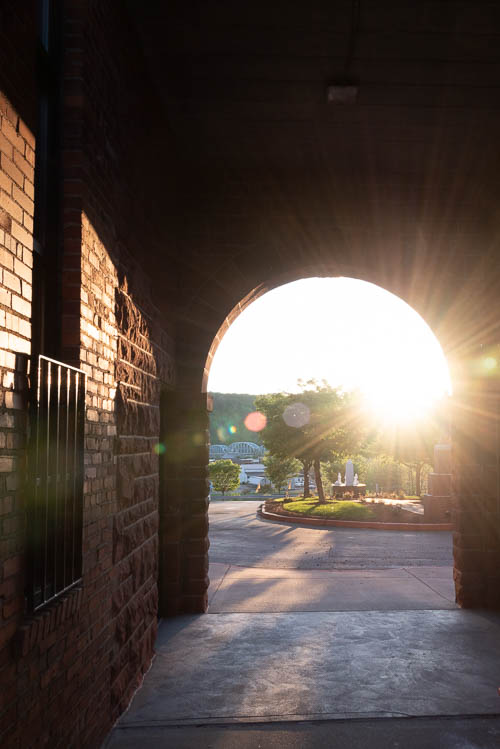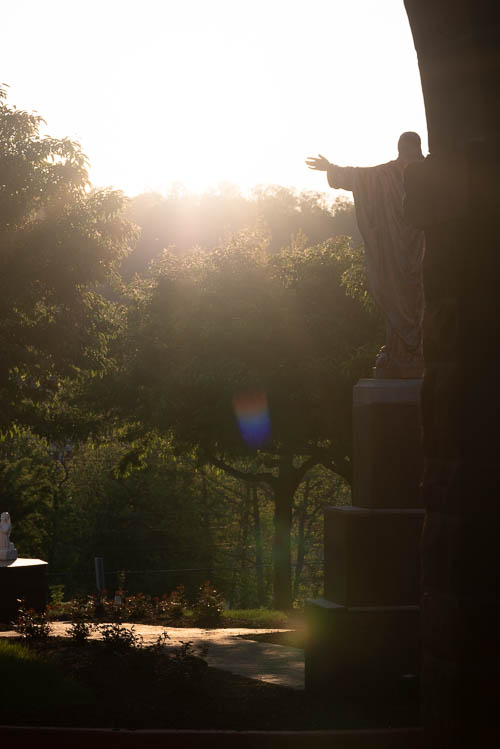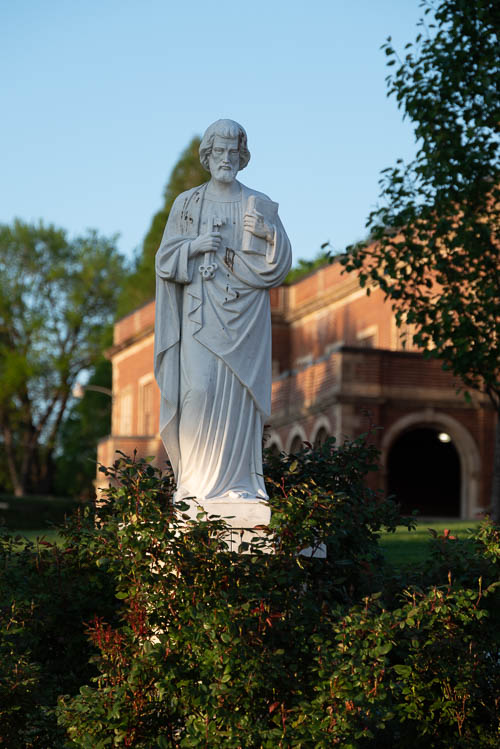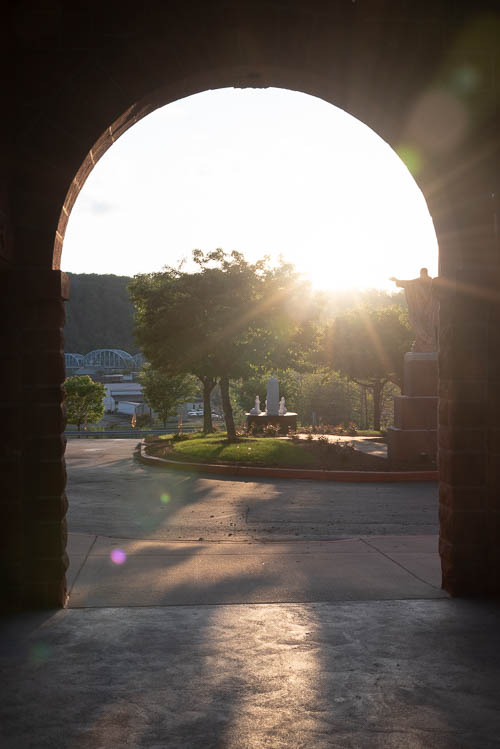Skip to content
 Mount Saint Peter Roman Catholic Church. New Kensington, Westmoreland County, Pennsylvania. May 7, 2021. (Photo: Jenny Gaffron Woytek)
Mount Saint Peter Roman Catholic Church. New Kensington, Westmoreland County, Pennsylvania. May 7, 2021. (Photo: Jenny Gaffron Woytek)
 Mount Saint Peter Roman Catholic Church. New Kensington, Westmoreland County, Pennsylvania. May 7, 2021. (Photo: Jenny Gaffron Woytek)
Mount Saint Peter Roman Catholic Church. New Kensington, Westmoreland County, Pennsylvania. May 7, 2021. (Photo: Jenny Gaffron Woytek)
 Mount Saint Peter Roman Catholic Church. New Kensington, Westmoreland County, Pennsylvania. May 7, 2021. (Photo: Jenny Gaffron Woytek)
Mount Saint Peter Roman Catholic Church. New Kensington, Westmoreland County, Pennsylvania. May 7, 2021. (Photo: Jenny Gaffron Woytek)
 Mount Saint Peter Roman Catholic Church. New Kensington, Westmoreland County, Pennsylvania. May 7, 2021. (Photo: Jenny Gaffron Woytek)
Mount Saint Peter Roman Catholic Church. New Kensington, Westmoreland County, Pennsylvania. May 7, 2021. (Photo: Jenny Gaffron Woytek)







